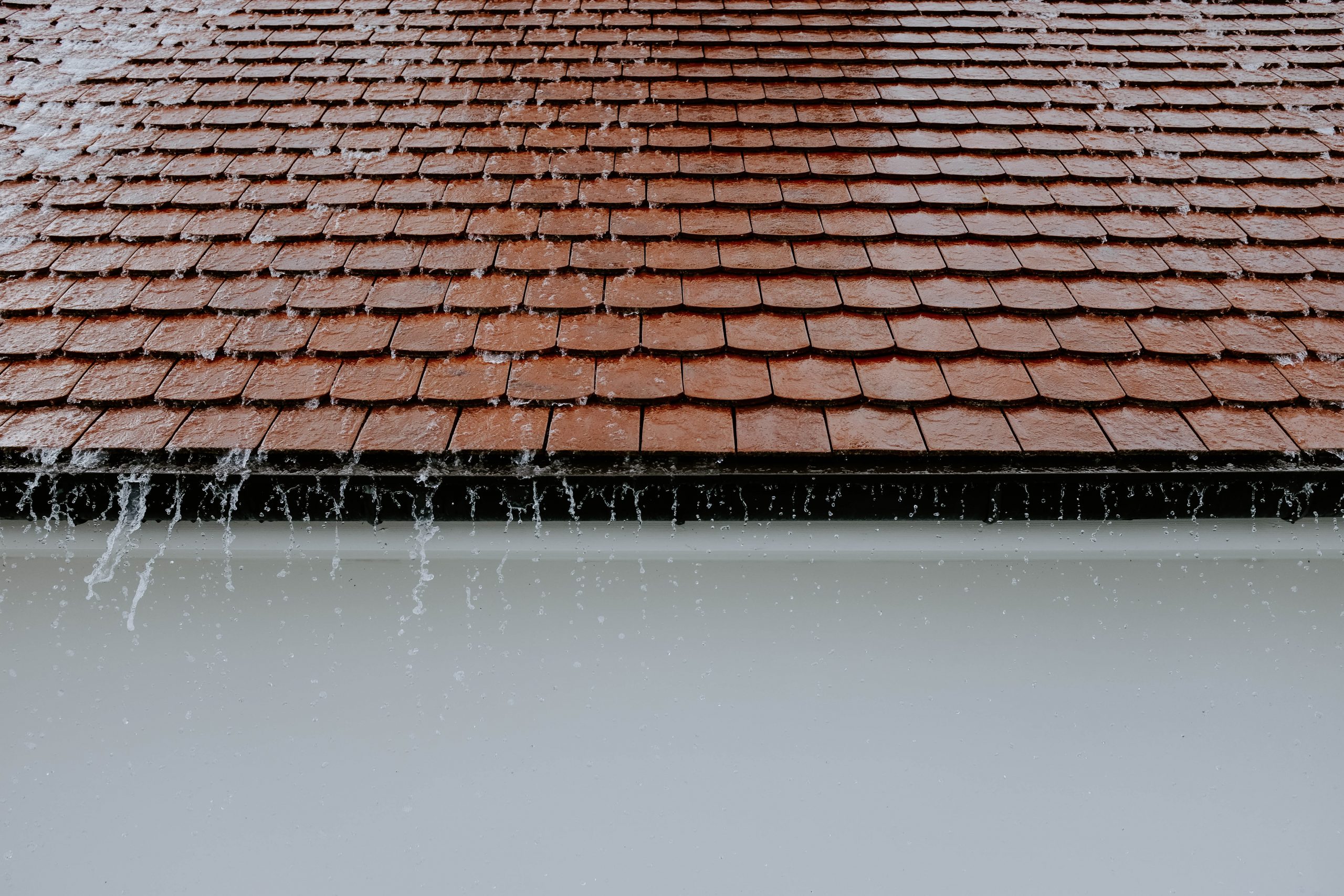You may have heard of roof flashing before. You may even understand it’s critical to the integrity of your roof. But, do you know what it is?
As premier roofing contractors in the Greater Boston Area, we have lots of experience and knowledge of the tools and materials used to maintain and install roofing. In this article, we will provide some insight into the uses and importance of roof flashing.
What is Roof Flashing?
Think about a roof on top of a modern-day home or any home built within the last 100 years – it is understood that all angels considered during the design & construction of the home were chosen deliberately. These angle considerations were made to put the roof in a proper position to let gravity do its job and direct water away from the roof.
For any competent, architect, designer, or builder, angles of the roof are not an afterthought. But, there are elements to home construction where creating vertical angles, and areas, where water can gather, are unavoidable. This is where it is useful.
Roof flashing is a thin and impervious material, most often some type of galvanized steel applied to the roof of the home. Flashing is meant to help gravity direct water off the roof in areas where it would typically get trapped and pool, thus creating damage and problems to the home.
The flashing exists to prevent water from penetrating vulnerable areas of the roof and minimize the risk of seepage into a home. Without it, there would be many precipitation vulnerabilities to homes everywhere in the world.
Where is Flashing Placed?
It is typically used at intersections created by the roof and walls – these areas are sometimes called junctions, joints, and valleys depending on how they are created by the layout of construction.
These areas see the highest amounts of water flow and they create lots of runoff. It’s typical to see these intersections on a roof feed directly into a gutter system.
Another common area on a roof where flashing is needed is any site where “projections” come up through the roof itself. These may be anything from boot pipes, chimneys, skylights, dormers, or even window openings.
At these points, water can collect and not-run off properly – critical placement of roof flashing is needed to prevent water from seeping in the roof itself.
Are You Thinking About Installing A Slate Roof?
Learn More About Slate Roofing In Our Blog: The Pros And Cons Of Having A Slate Roof
The Four Main Types of Roof Flashing
-
Step Flashing
-
Valley Flashing
-
Drip Edge
-
Vent Pipe Flashing
Step Flashing –
In regards to those projections around your roof, such as the chimneys and skylights – step flashing is needed to ensure those objects do not create any leaking vulnerabilities in your roof/home.
Step flashing is scaled around the projecting object, with pieces of material arranged on top of each other, in a tight watertight formation. Step flashing is available in different types of materials, but it must be waterproof and be able to withstand harsh elements.
Valley Flashing –
The point in which two sections of roof meet and form a “dip” is called a valley. Valleys are the most vulnerable places on an entire roof. If valley flashing is not installed, it’s almost guaranteed that asphalt erosion and roof leaks will occur.
Valey flashing comes in a W or V shape and will form a shoot down the drip edge of a roof. If you think about rain running off your roof, valleys are the expressway for this rain – valley flashing is critical to keeping roofs healthy.
Drip Edge Flashing –
Drip Edge Flashing is the barrier that protects the roof from an overfilled gutter. Metal flashing bent at a 90-degree angle is drip edge flashing, and it will help guard your shingles against flooding from beneath.
If a gutter is blocked or overflowing, there’s a chance it can backflow under the edge of the shingles, getting under them and causing damage to the roof. This is why drip edge flashing is a necessary precaution.
Vent Pipe Flashing –
Pipes and flues situated around your roof inherently create vulnerabilities to the elements. This is because of the cylindrical nature of the hole the object is coming through. Vent pipe flashing fits tightly over round pipes, and it forces water away from any exposed seams between the roof and the piping itself.
To learn more about roof flashing and managing upkeep with your roof, please contact us


